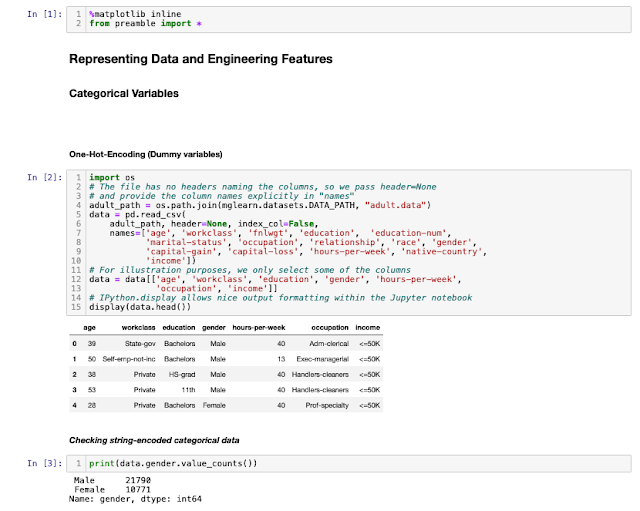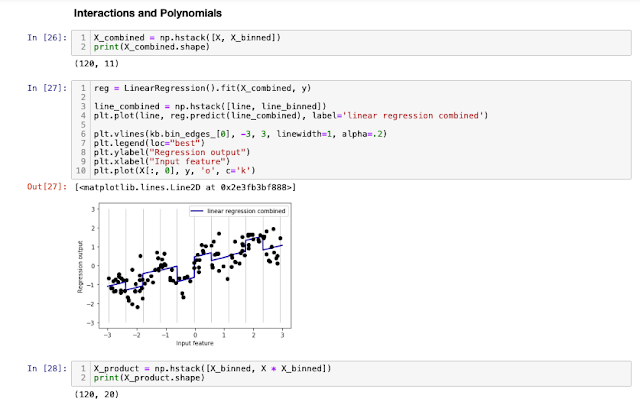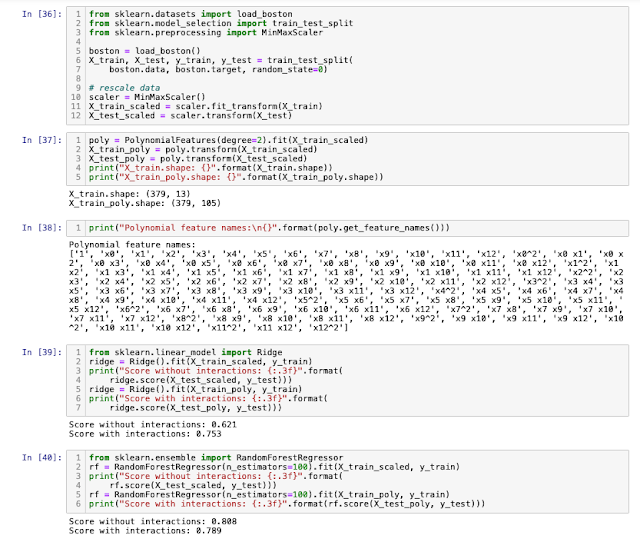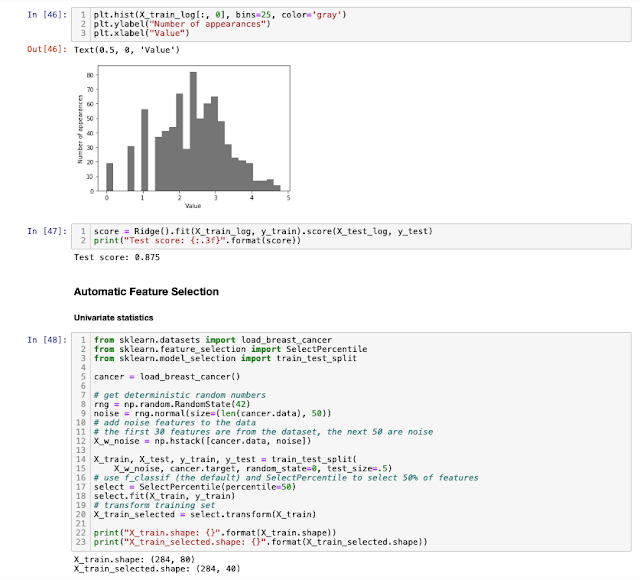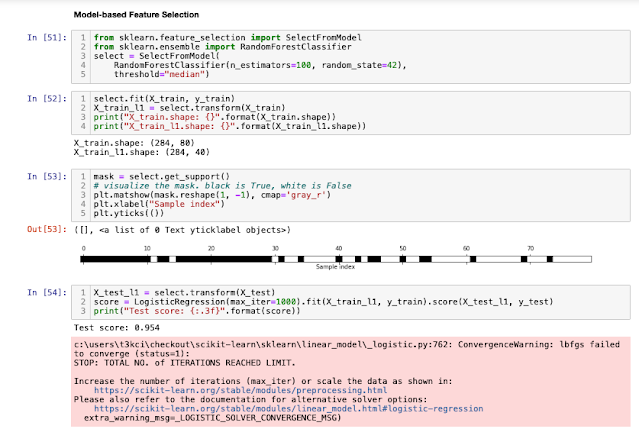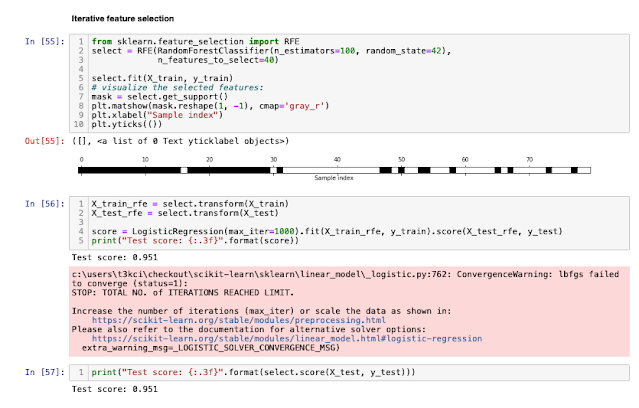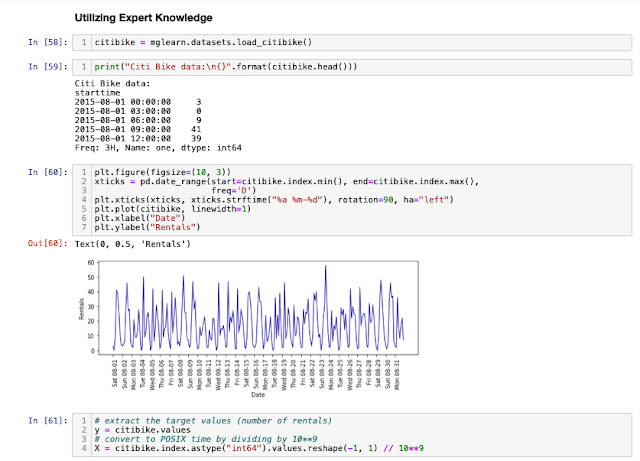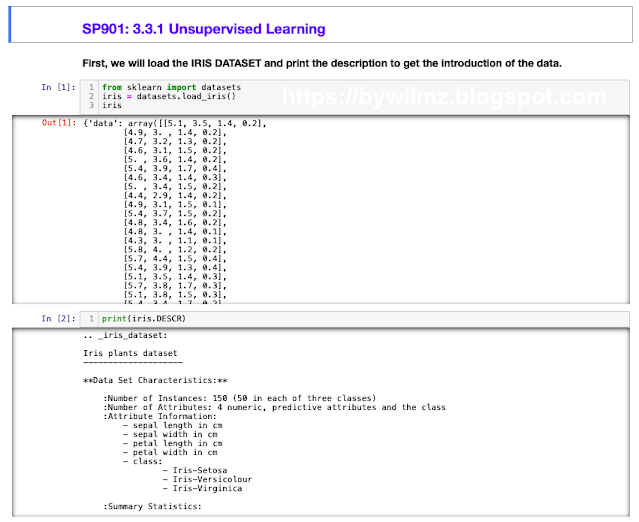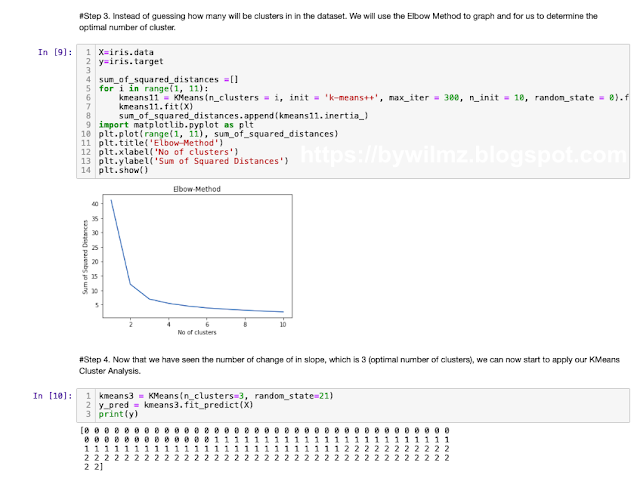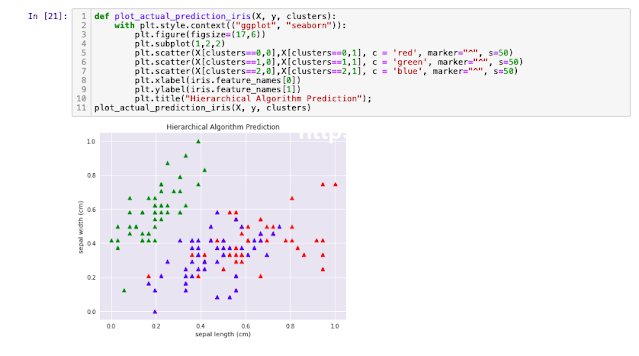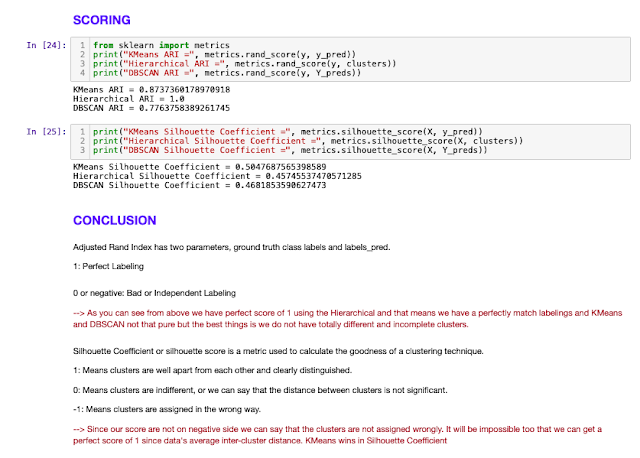Imagine you're teaching a computer to do cool things.. like categorising ;) So what is the difference of Supervised and Unsupervised Machine Learning?
Supervised Machine Learning:
Think of this like a teacher guiding a student. In supervised learning, we give the computer a bunch of data and also tell it what the correct answers should be. It's like having a teacher's answer key for a test. The computer then learns from this data and uses it to make predictions or decisions.
For example, if we want the computer to recognize cats and dogs in pictures, we'd show it lots of images of cats and dogs and tell it which is which. The computer learns to spot the differences, like pointy ears for dogs and whiskers for cats. This way, it can make predictions when it sees new pictures, like telling us if it's a cat or a dog.
Unsupervised Machine Learning:
Now, unsupervised learning is a bit different. Here, it's like giving the computer a bunch of stuff and letting it figure things out on its own. No teacher's answer key this time. The computer's job is to find patterns, group similar things together, or discover hidden structures in the data.
For example, imagine we have a bunch of customer data from an online store. In unsupervised learning, the computer might notice that some customers tend to buy similar items, and it groups those customers together. This can help the store recommend products to customers based on what others with similar tastes bought.
So for the Week 3, are you ready for Unsupervised Learning? Wink-wink!
Again, I posted my Jupyter Notebook for a reason. But if you really need my notebook, you can send me a message on our Facebook page :)
3.3.1 Unsupervised Learning
Guidelines:
* Using the IRIS dataset, create the following algorithms:
- Kmeans
- DBSCAN
- Hierarchical
* After that, compare the results using ARI and Silhouette Score

